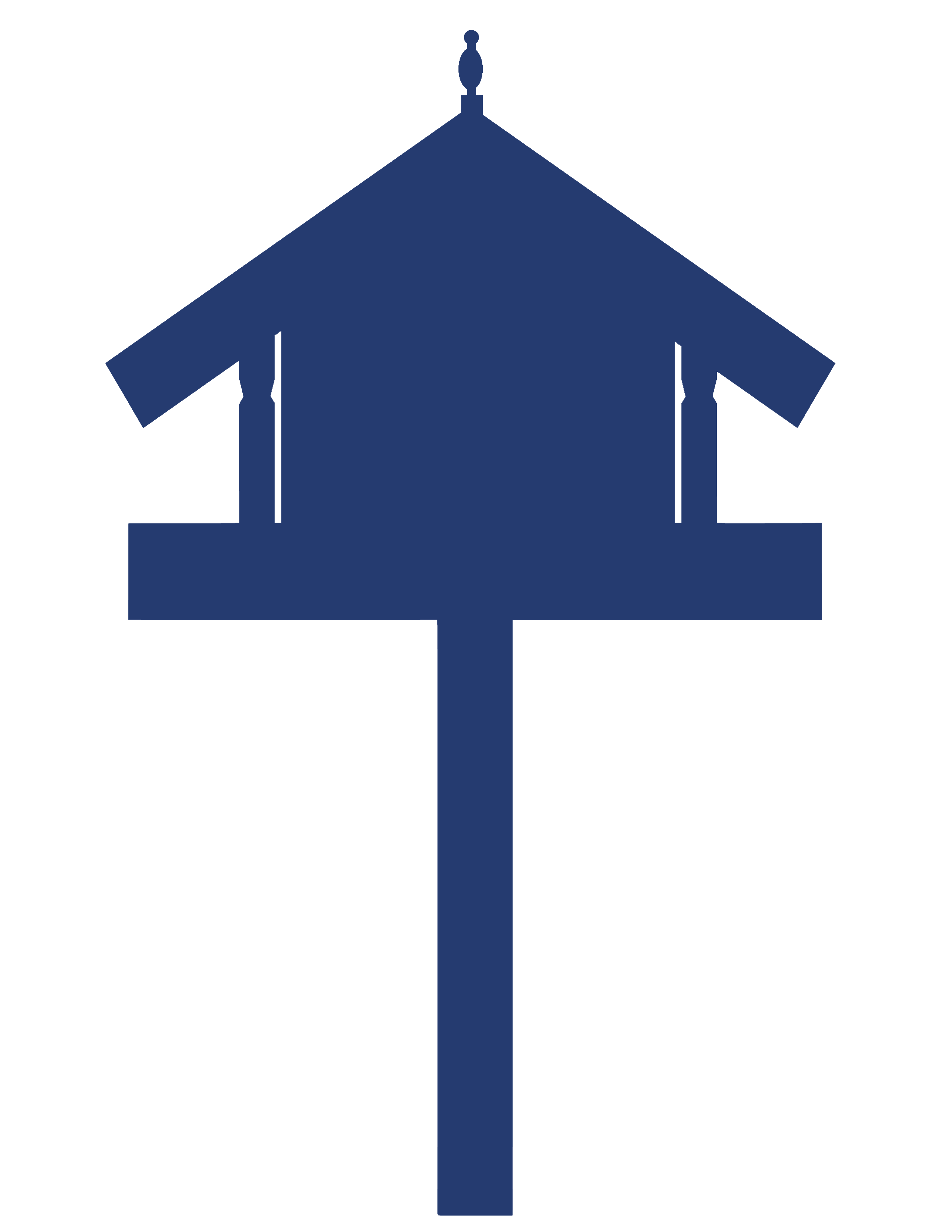On a plate
This is a level 4 statistics activity from the Figure It Out series. It is focused on finding all possible outcomes. A PDF of the student activity is included.

About this resource
Figure It Out is a series of 80 books published between 1999 and 2009 to support teaching and learning in New Zealand classrooms.
This resource provides the teachers' notes and answers for one activity from the Figure It Out series. A printable PDF of the student activity can be downloaded from the materials that come with this resource.
Specific learning outcomes:
- Find all possible outcomes.
On a plate
Achievement objectives
S4-3: Investigate situations that involve elements of chance by comparing experimental distributions with expectations from models of the possible outcomes, acknowledging variation and independence.
Required materials
- Figure It Out, Level 4+, Statistics, Book Two, "On a plate", page 21
- a calculator
See Materials that come with this resource to download:
- On a plate activity (.pdf)
Activity
This activity introduces students to a systematic approach for finding the number of possible outcomes in a situation, which can be used when tree diagrams are inappropriate because the number of options is too great. The activity also shows that a large number of possibilities can be generated from a small number of choices.
If your students are new to problems involving arrangements, you may wish to introduce the activity using a reduced number of letters and digits, for example, 2 letters followed by up to 2 digits. This makes it easy for the students to list all the arrangements and to begin looking for patterns.
Sometimes the order in which a number of items is arranged is very important; in other situations, it is irrelevant. If a cook is shopping for a meal, it makes no difference what order they write the items on a shopping list. But when that cook is writing out the menu, the order does make a difference. When order doesn’t matter, we use the word combination to refer to the different possibilities. When order does matter, we refer to the different possibilities as permutations.
In non-mathematical contexts, “arrangement” is an alternative for “permutation”, but “combination” is often used to cover all situations, whether order matters or not. Don’t feel that you have to discuss these technicalities with your students, but you should try and ensure that when you use “combination” in a mathematical
context, you use it in the mathematically correct sense!
When finding all possible outcomes, the students first need to decide whether order is important – the approach used for combinations is different from the approach for permutations. On a number plate, 12 is different from 21, so this activity is about permutations.
It may not take the students long to realise that questions 1 and 2 can be solved by multiplying together the number of choices at each step. This is sometimes known as the multiplication principle. Plenty of simple examples can be devised, using menus, to illustrate the way in which this principle works. "Family feast" and "Catch of the match", pages 17–18, Figure It Out, Years 7–8, Statistics: Book One, would be an excellent introduction to this activity. The teachers’ notes for these two activities discuss permutations in greater detail.
1.
6 759 324 plates. (Think about all the plates with an A as the first letter. There are 9 999 in the range AA1–AA9999. This means that there are 26 x 9 999 in the range AA1 to AZ9999. So there were 26 x 9 999 = 259 974 plates starting with A. There will also be 259 974 plates starting with B, 259 974 starting with C, and so on. So altogether, using this system, there are 26 x 259 974 = 6 759 324 plates.)
2.
17 558 424. (Starting with AAA, you can have AAA, AAB, AAC … [26 combinations], ABA, ABB, ABC … [26 combinations], through to AZA, AZB, AZC … [26 combinations], so there are 26 x 26 combinations starting with A. There are 26 possible starting letters, so the number of 3-letter combinations is 26 x 26 x 26 = 17 576. Each letter combination can have 999 possible 3-digit combinations. The total number of combinations is therefore 17 576 x 999 = 17 558 424.)
3.
92 years. (17 558 424 ÷ 190 000 = 92.4)
4.
17 538 444. ([26 x 26 x 26 – 20] x 999)
The quality of the images on this page may vary depending on the device you are using.


